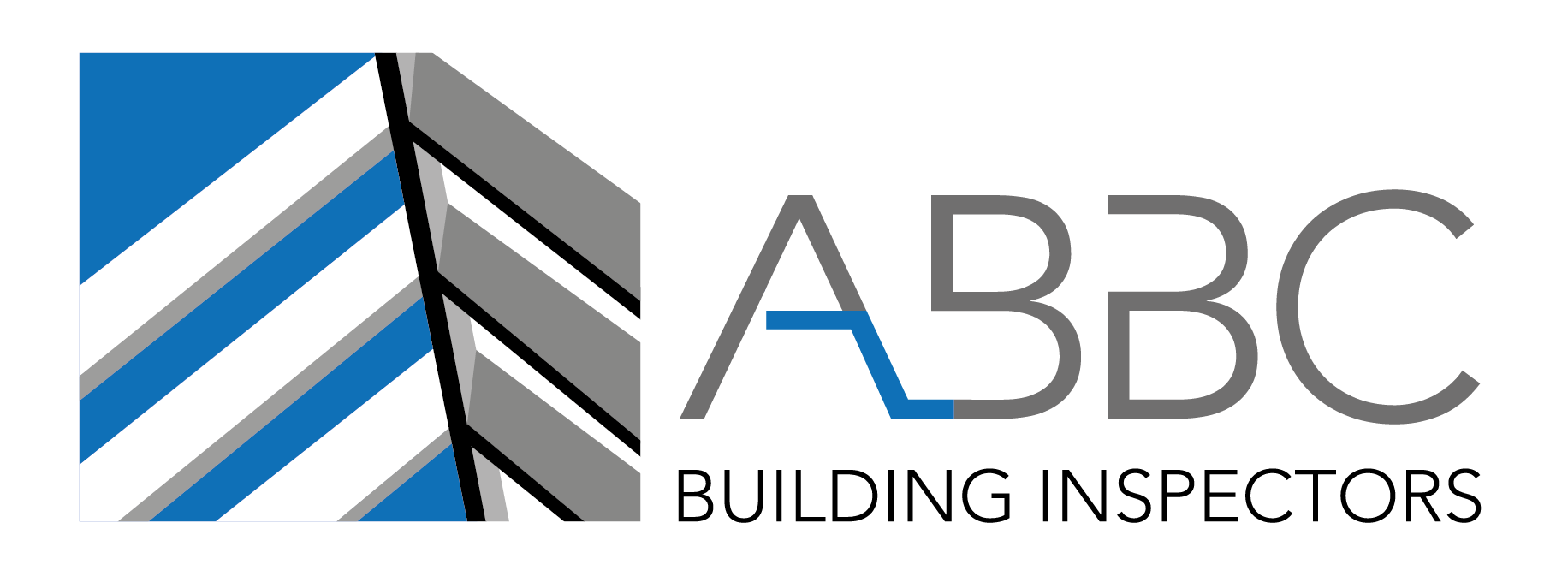How to Ensure a Smooth Under Construction Inspection: Easy Tips to Keep Your Project on Track
Building a new home or commercial property is exciting—but it can be stressful without the right preparation. One key step to avoid headaches is mastering under construction inspections. These inspections help catch potential issues early, saving time and money in the long run. By preparing well, you can make these inspections less daunting and more productive.
Inspections can sometimes feel overwhelming, but a little preparation can make a big difference. Simple things like having your documentation ready, keeping the site clean, and scheduling inspections at the right times can streamline the process. Communicating effectively with your team also ensures everyone knows what is expected and when.
In this article, we will share easy tips to help you manage under construction inspections smoothly. These tips are designed to help you stay organised and avoid common pitfalls. With a bit of planning and the right approach, you can make sure your building project stays on track and meets all the necessary standards.
Preparing Documentation and Plans
Getting your documentation and plans in order is the first step toward a hassle-free under construction inspection. Ensure you have detailed blueprints, permits, and other necessary documents readily available. Inspectors will want to see these to understand the project scope and verify compliance with local regulations.
Create a dedicated folder or digital file containing all relevant paperwork. This includes architectural drawings, engineering reports, and any amendment records. Being able to quickly provide these documents can speed up the inspection process and reduce the likelihood of follow-up visits.
Also, keep a checklist of what documents are required at each stage of the inspection. This will help you stay organised and ensure you have everything ready when the inspector arrives. Consistently updating your documentation will keep everything in order and make each inspection as seamless as possible.
Ensuring Site Cleanliness and Organisation
A clean, organized construction site is key to making your inspection quick and easy—plus, it keeps everyone safe. Inspectors can do their job more efficiently when the site is free of clutter and hazards. Make it a routine to clean up daily, removing debris and storing tools properly.
Keeping walkways and work areas clear is crucial. Not only does this make it easier for inspectors to move around, but it also improves safety for everyone on site. An organised site allows the inspector to focus on assessing the work rather than navigating obstacles.
Proper labelling and storage of materials also help. Clearly marked areas for different materials and tools can prevent mix-ups and reduce time spent locating items. This level of organisation shows that the site is well-managed and that construction is proceeding in an orderly manner. By maintaining cleanliness and order, you set the stage for a positive inspection experience.
Scheduling Inspections at Key Milestones
Scheduling inspections at key milestones is the smartest way to keep your project on track and catch problems early. One of the best ways to do this is by setting up inspections at key milestones. For example, schedule an inspection before the foundation is poured. This allows inspectors to check for proper site preparation and correct any issues before concrete is laid.
Another key milestone is after framing but before drywall installation. At this stage, inspectors can see the structural framework, plumbing, and electrical systems. Any issues found here can be fixed without needing to tear down finished walls, saving both time and money.
It’s also important to schedule a final inspection before the project is completed. This ensures that everything is up to code and meets safety standards. Doing so helps to confirm that all systems, including plumbing, electrical, and HVAC, are in full working order. By planning these inspections at strategic points in the construction timeline, you can catch potential problems early and keep your project on track.
Communicating Effectively with Your Team
Effective communication with your team is the backbone of a smooth inspection process—make sure everyone’s in the loop. Start by making sure everyone knows the schedule and what is expected during inspections. Regular meetings can help keep everyone on the same page and provide updates on any issues that have been found.
Using clear and simple language makes it easier for all team members to understand what needs to be done. Avoid technical jargon that might confuse some of the crew. Instead, give straightforward instructions and explain the reasons behind them. This helps ensure that everyone is working towards the same goal and understands the importance of each task.
It’s also helpful to encourage a culture of openness where team members feel comfortable voicing concerns or suggesting improvements. Listening to the team can provide valuable insights and help identify potential issues early. Effective communication ensures that inspections go smoothly and that any problems are swiftly addressed.
Conclusion
Preparation and clear communication are your keys to a smooth inspection. With these simple steps, you’ll keep your project running on time, on budget, and stress-free. By preparing documentation, keeping the site clean, scheduling inspections at critical stages, and communicating effectively with your team, you can ensure that your building project runs without significant hitches. These steps not only make the inspection process easier but also help to identify and address potential issues early on.
Regular inspections safeguard the quality and safety of your construction project. They ensure that everything meets the required standards and regulations. Following these easy tips can save you time and money and provide peace of mind that your project is on the right track.
For thorough and professional under construction inspections in Perth, contact ABBC Building Inspectors. Our expert team will help you navigate each step of the inspection process, ensuring your project meets all necessary requirements. Reach out today to schedule your inspection.








